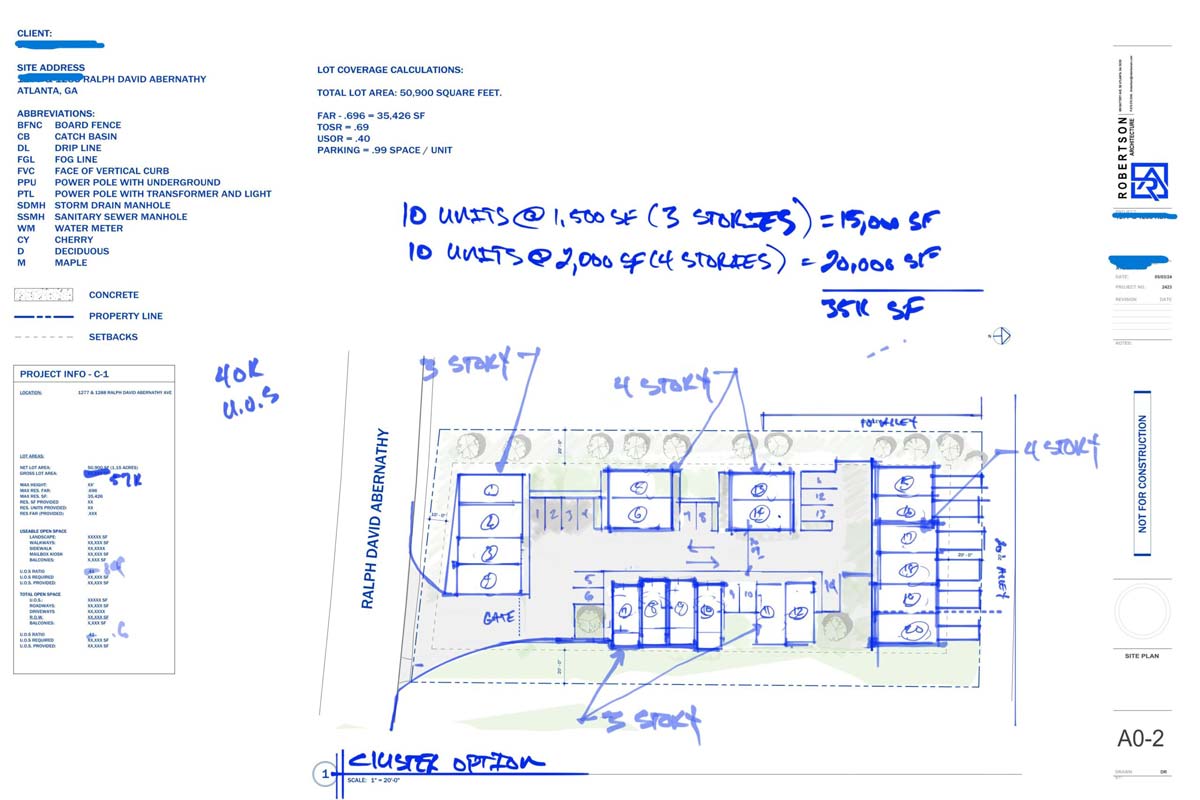
GUIDE TO UNDERSTANDING MISSING MIDDLE HOUSE: Types & Characteristics
Picture this: an affordable urban oasis with walkability to local businesses, job opportunities, and beautifully maintained outdoor space near public transportation. Sounds incredible, doesn’t it? Well, thanks to zoning reforms, this missing middle housing option is becoming a more tangible reality throughout the United States to meet the growing need for affordable housing.
Missing middle housing affects a majority of the United States population, but you might only be familiar with the phrase if you’re an architect, builder, urban planner, or city official. In this guide, we will explore what missing middle housing is, the types of housing that fall under the definition, and why investing in missing middle housing is crucial to cities across the United States.
If this guide applies to a project you are looking to kickstart, contact us today to set up a time to chat with our Robertson Architecture team!
What is Missing Middle Housing?
First, let’s discuss the definition of missing middle housing, a term coined by Architect Daniel Parolek. Middle housing includes multi-use and multi-family developments such as duplexes, triplexes, fourplexes, multiplexes, townhouses, courtyard buildings, cottage courts, and live-work spaces. These housing types are considered “missing” due to an increase in zoning laws created in the 1940s after World War II that only allowed the construction of single-family homes in many regions. These zoning laws, designed to segregate the country, are being reformed nationwide to create more diverse and sustainable living options.
There is a housing shortage in the United States. One solution for this shortage comes in the form of building the elusive missing middle housing. As cities across the country become less and less affordable due to the increased cost of living that is outpacing the increase in wages, multi-family developments can close the housing gap. For this reason, middle housing is an essential part of modern urban planning.
Housing Theory and Missing Middle Housing
In 2021, John Myers, Sam Bowman, and Ben Southwood published an article titled “The Housing Theory of Everything” on the site Works in Progress. This comprehensive article goes into extensive detail about the rising cost of housing across the Western world, causing people to be priced out of central areas and forced to move further away from the heart of the city.
Density is also an essential part of solving the housing crisis, with middle housing acting as a medium-density option. A study cited in the Works in Progress article states that “if just three cities – New York City, San Jose and San Francisco – loosened their rules against building denser housing to the national average level of restrictiveness, millions would move to jobs that made the best use of their skills and total US GDP would be 8.9% higher. This would translate into average American wages being $8,775 higher per year.”
One of the key points of housing theory is that the world’s biggest problems, from economic inequality, falling fertility, and slow growth to financial instability and climate change, are related to the housing shortage. People spend so much on housing that it affects every other aspect of their lives, leading to an immense global impact.
Missing Middle Housing in Atlanta
According to Urban Land Institute Atlanta (ULI), from 2017 to 2021, the 5-county region of Atlanta lost 20,000 missing middle housing units. Single-family and large-scale multi-family developments are increasing, but the middle housing options that allow the land cost burden to spread across multiple units are decreasing. One of the challenges of missing middle housing is the zoning laws that are still in place that only allow for the construction of single-family homes or larger apartment buildings in many parts of Atlanta. Middle-housing developments aren’t an option in some areas due to these laws, but that is starting to change at the municipal level.
Low inventory is a massive driver of the need for middle housing. By building middle housing in desirable areas, you are creating more diverse neighborhoods that don’t drive up the prices based on low supply and high demand, a problem across the country.
Robertson Architecture wants to help expand middle housing in our beloved city. We work with developers and investors to bring their vision of the future to life, aiming to make Atlanta a more accessible place for people to find homes within their budget.
Types of Middle Housing
As cities grow and people are pushed out of city centers and downtowns due to the rising cost of living, there is an increasing desire for walkable communities with convenient access to public transportation and local businesses outside these central zones. Middle housing bridges the gap between suburban and urban living by creating communities rich in resources and accessibility.
Examples of missing middle housing are duplexes, triplexes, fourplexes, multiplexes, courtyard buildings, cottage courts, townhouses, and live-work spaces. Below, we will discuss each in detail. These housing options are increasingly designed with stunning modern architecture, revitalizing cities. Robertson Architecture’s contemporary style is perfect for these smaller multi-family living opportunities.
Duplexes are a multi-family housing option with two side-by-side or stacked residences inside one structure. These units both typically have their own private exterior entrances. A duplex often allows residents more space than they would have in an apartment while being more affordable than a single-family home. Duplexes sometimes share a split backyard or an attached/detached garage. The floor plans of side-by-side duplex units often mirror each other, with one wall shared between the residences.
They are similar in scale to a single family and make a great transition between single-family homes and more dense housing options.
A triplex includes three residential units within one structure. These buildings are typically three stories high, with units stacked one on top of the other. Sometimes, each residence has identical layouts, and sometimes, the floor plans vary based on the space at hand. The entry for triplexes is often shared between all units, and an interior staircase then accesses the private residences. Depending on the needs of the market, these developments sometimes offer detached or attached garages for residents.
Fourplexes
A fourplex has four residential units within one structure. These developments are often 2 to 2.5 stories high, with two private residences per floor that frequently mirror each other. Like triplexes, the street entry is usually shared by all units, with interior access to private residences. Fourplexes also sometimes include detached garages with parking spaces for each unit.
Multiplexes
Similar to a triplex and fourplex, a multiplex is a multilevel structure that typically has more than four residential units beneath one roof. These buildings will often have a shared entrance leading to the private interior entrances of each unit.
Courtyard Buildings
A courtyard building consists of anywhere from 6 to 25 units with private entrances accessed from a shared courtyard. A homeowners’ association often maintains the courtyard space, which acts as a shared outdoor area for all units. These can be designed in a stacked or side-by-side layout and are usually 1 to 3.5 stories high.
Cottage Courts
A cottage court is similar to a courtyard building, but each cottage is detached from the neighboring structure, so there are no shared walls. These are typically 1 to 1.5 stories high. The houses face each other to form a courtyard at the center, which a homeowners’ association often maintains. This courtyard is a shared outdoor space between the cottages, accessed from the street by a singular walkway.
A townhouse is typically an attached 2 to 3.5-story private residence sharing walls on either side with their neighbors from the bottom level to the roof level. A townhouse is one of the more spacious middle-housing options, typically ranging from 1,000 to 3,000 square feet of interior space. The entrance can be offset, to the side, to maximize the living space. Most often, townhouses only have garages if there is alley access on the backside of the residence.
Live-Work Spaces
Live-work spaces combine residential living and commercial use. The ground floor is a commercial space that can be used as a shop, office, restaurant, etc. A separate exterior entrance on the ground level usually leads to a second-floor residential unit above the commercial unit. This is a dynamic way to create space for businesses within a middle housing community. These buildings are typically 2 to 3.5 stories tall.
Invest in Missing Middle Housing Development
Missing middle housing is a hole in the housing market that needs to be filled across the country. As zoning reform becomes an increasingly important part of urban planning, it’s time for us to meet the moment and build housing options for this highly desirable and necessary subset of the market.
At Robertson Architecture, our team is ready to create solutions that lead to change. We’re fighting for zoning reform to enrich our communities throughout Atlanta to provide people an accessible way into the housing market. Whether you are looking to build a townhouse development, a duplex, a multiplex, a cottage court, or any of the other middle housing options, we are ready and eager to bring you creative solutions to make your vision a reality.
Give us a call or send us an email today to join us in creating more middle housing for the people of Atlanta!
#zoning #atlanta #destin #singlefamily #useofland #keymetrics #robertsonblog
Author: David Robertson is an Atlanta based architect and founder of Robertson Architecture. Robertson Architecture on the premise of helping entrepreneurs and like-minded individuals exceed their goals.
In 2018, Robertson Architecture was formed with the single focus of helping homeowners and entrepreneurs exceed their goals. The firm works with custom residential homes, townhouses, restaurants, and hotels all across the Southeast. David has a passion for helping entrepreneurs and homeowners realize their dreams.
With over 10 years of experience, David spent the beginning part of his career working on small to medium sized commercial projects across the U.S., including hospitality projects, office buildings, multi-family, and custom homes.
- David Robertson AIA NCARB
- Office 470.795.9596
- info@robertsonarc.com

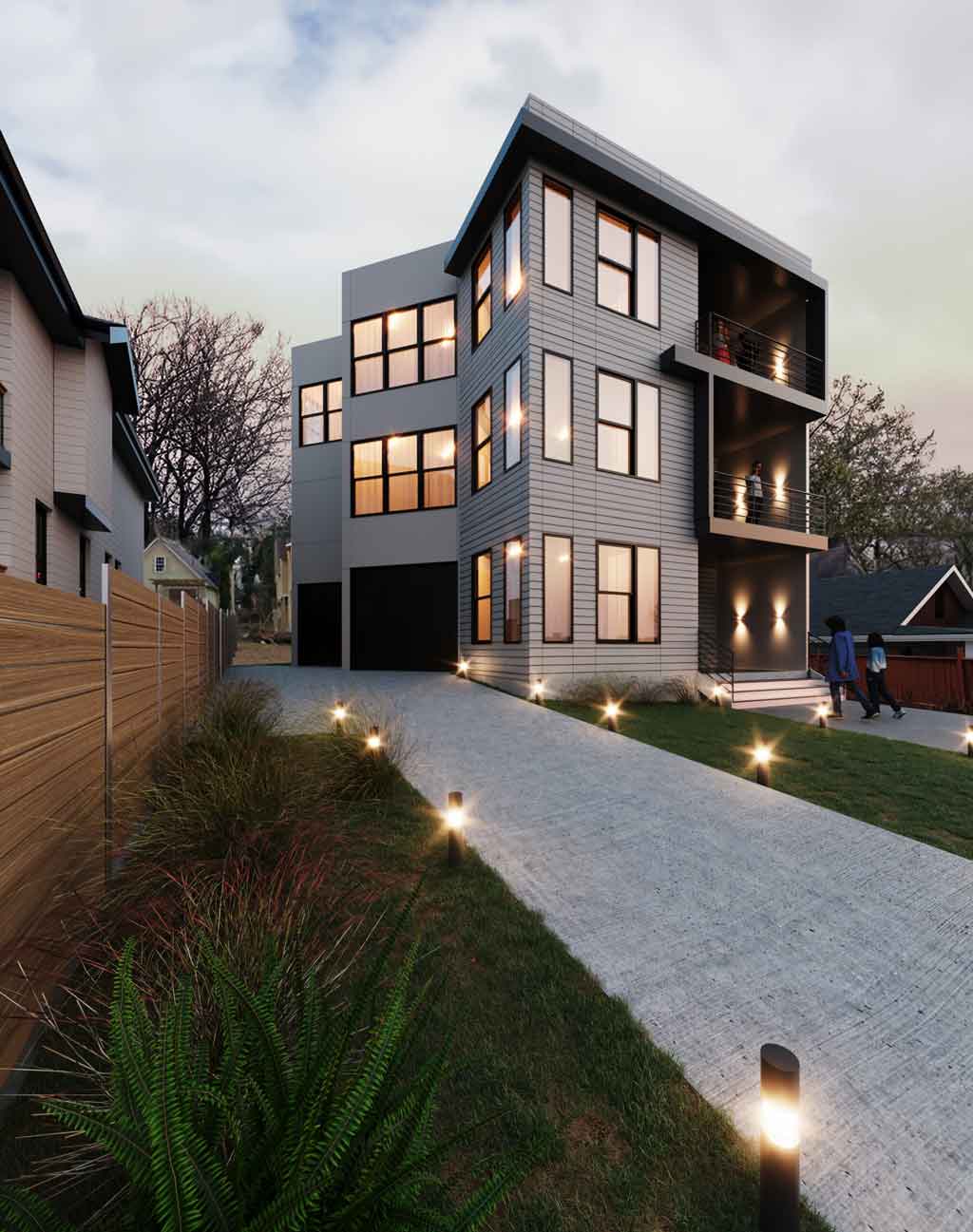
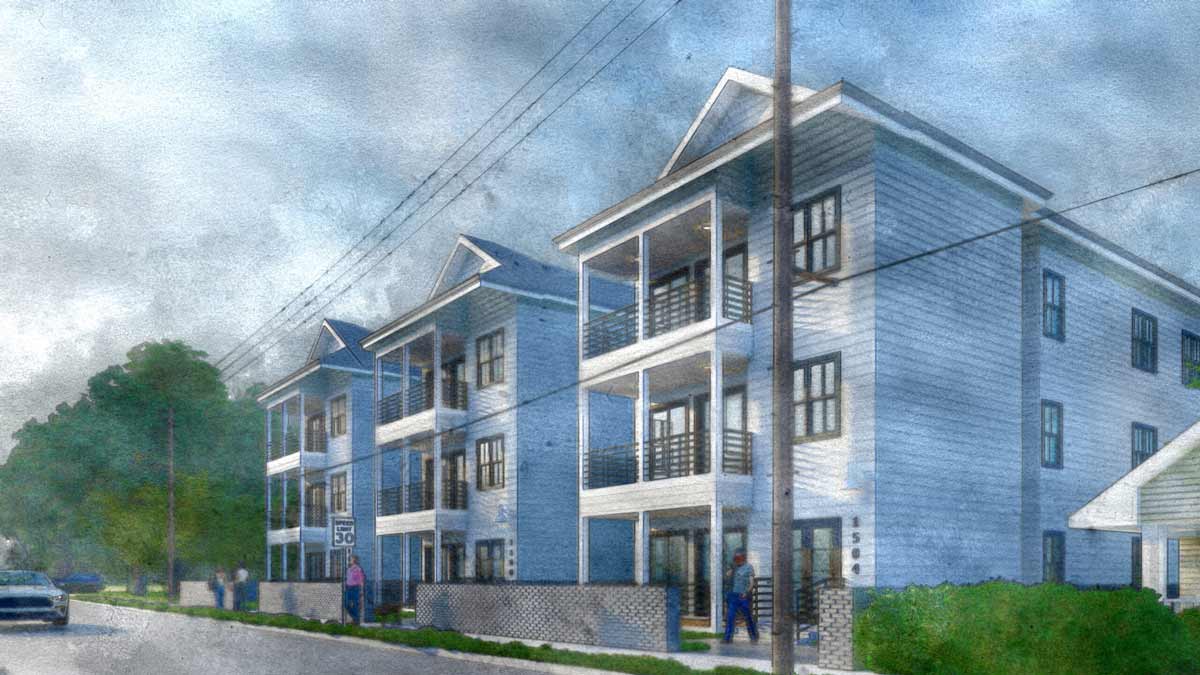
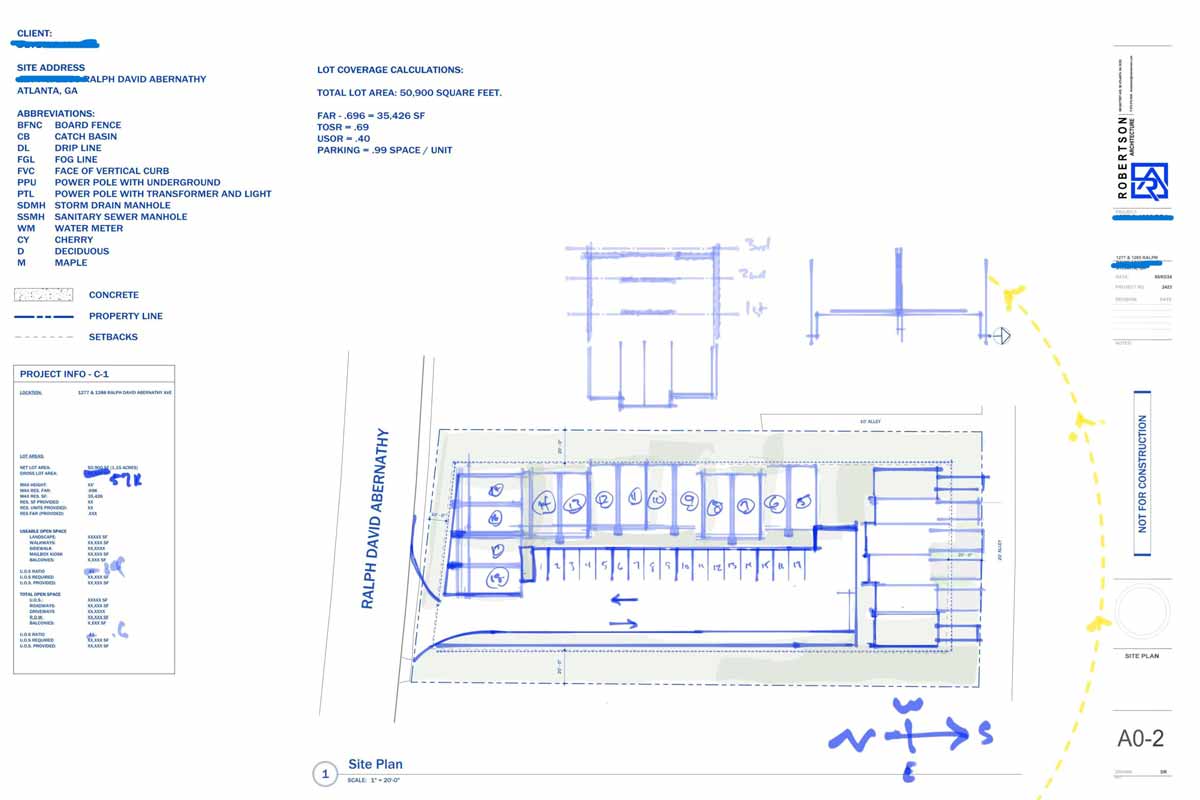
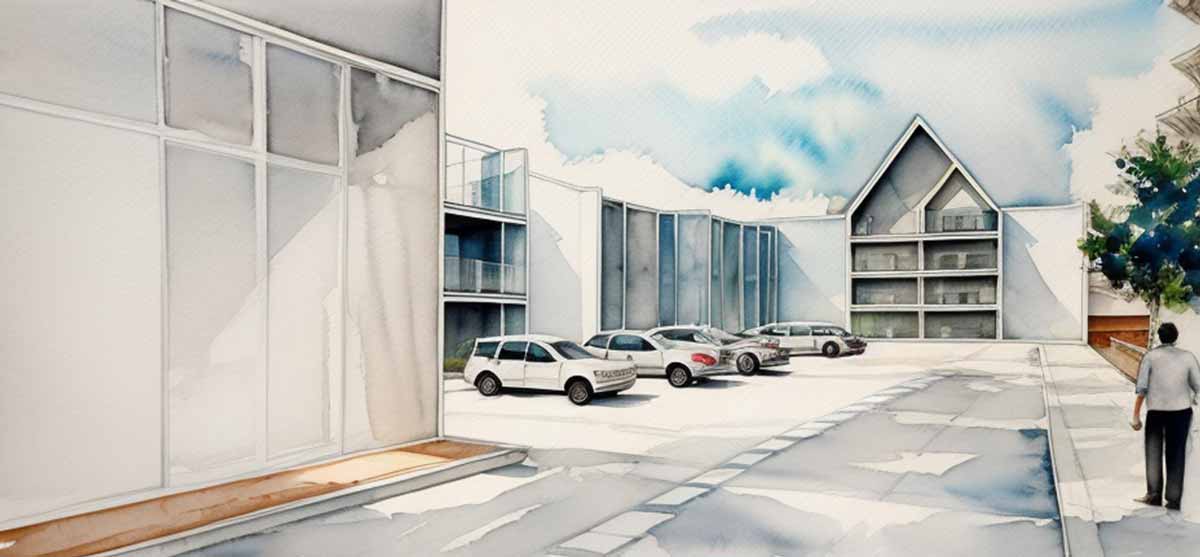
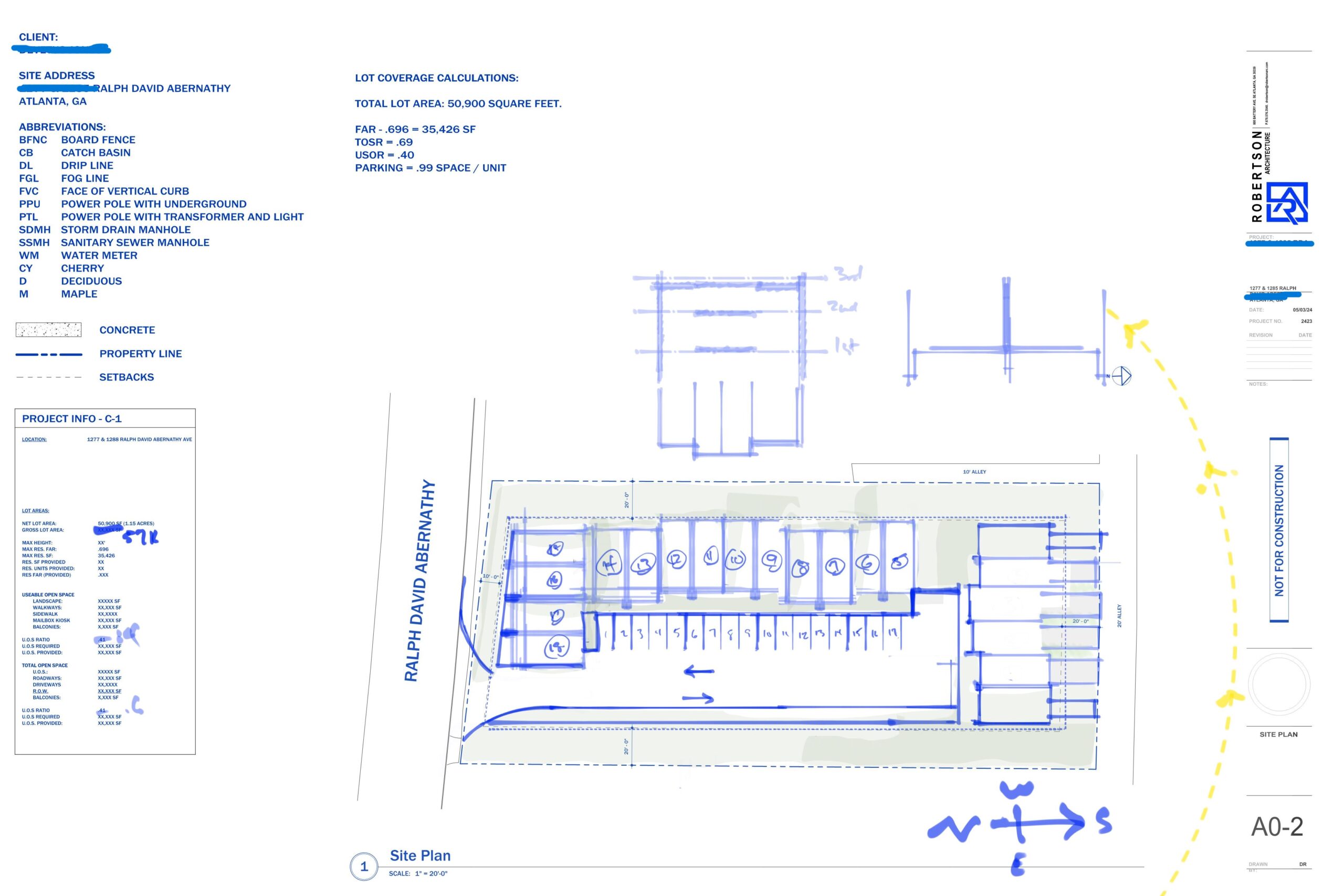
0 comments